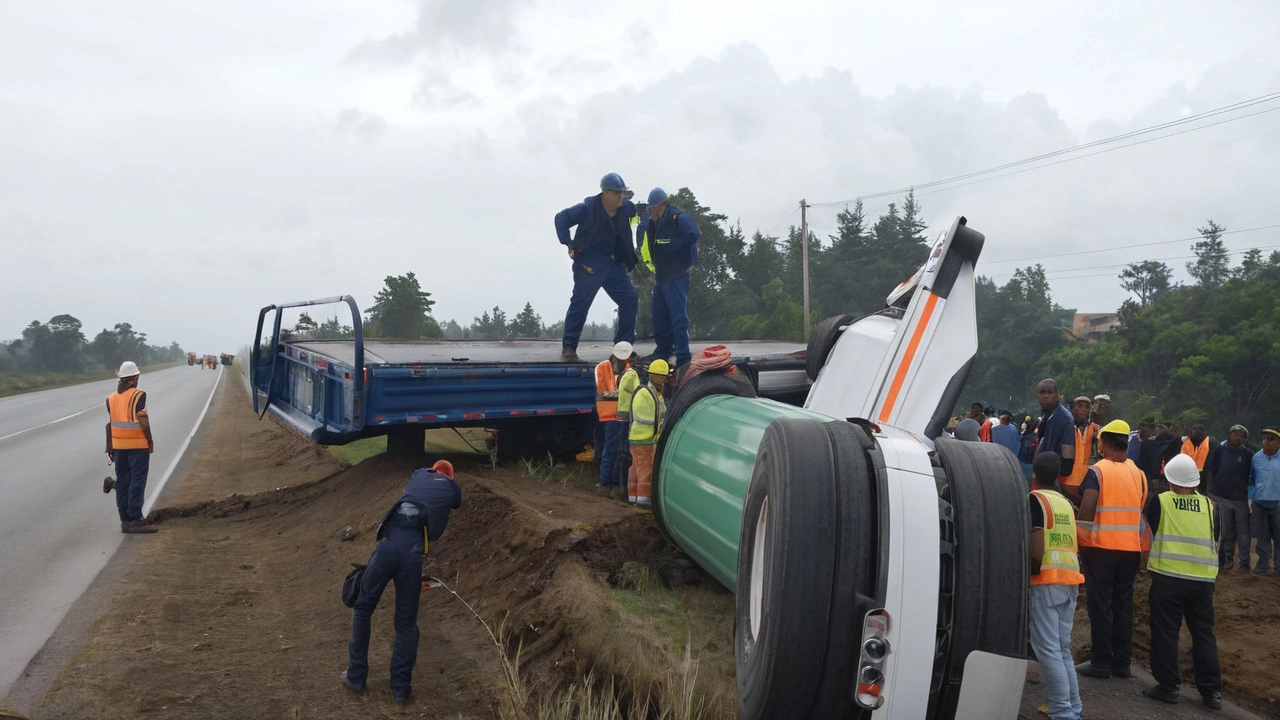What is Sodium Cyanide and Why Should You Care?
Sodium cyanide is a highly toxic chemical commonly used in mining to extract gold and other precious metals. While it’s powerful and effective, handling it comes with serious safety risks that you need to be aware of. If you work with or near sodium cyanide, understanding its properties and dangers is crucial.
This clear, white crystalline substance releases toxic hydrogen cyanide gas when exposed to acids or moisture. Because of its deadly nature, strict regulations govern its use and storage. But what makes sodium cyanide so widely used despite these risks?
How Sodium Cyanide Works and Where It's Used
In mining, sodium cyanide helps separate gold from ore via a process called cyanidation. This method dissolves gold into a solution that can be easily collected. It's favored because it’s cost-effective and efficient for recovering gold from low-grade ores.
Beyond mining, sodium cyanide finds use in chemical manufacturing and electroplating industries. However, due to its extreme toxicity, these applications also require careful handling and monitoring.
Staying Safe: Handling Sodium Cyanide Carefully
Because sodium cyanide is highly poisonous, safety is not just a recommendation—it’s a necessity. Exposure can happen through skin contact, inhalation, or ingestion, and even small amounts can be fatal. That’s why facilities using this chemical invest heavily in safety training, protective gear, and emergency response plans.
Knowing the symptoms of cyanide poisoning — like dizziness, headache, rapid breathing, or confusion — can save lives. Quick medical attention is critical if exposure occurs.
In summary, sodium cyanide is a powerful tool in several industries but demands respect for its dangers. If you’re involved with this chemical, take every safety precaution seriously. Ultimately, understanding how sodium cyanide works helps you appreciate both its value and the need for caution.
Kiambu County Officials Plead for Return of Hazardous Sodium Cyanide After Truck Spill
In Kiambu County, local officials are urging residents to return sodium cyanide looted after a truck accident caused a spill of this highly toxic chemical. They stress the severe health risks, including immediate and long-term effects, and the potential environmental damage, urging full cooperation with emergency teams.

